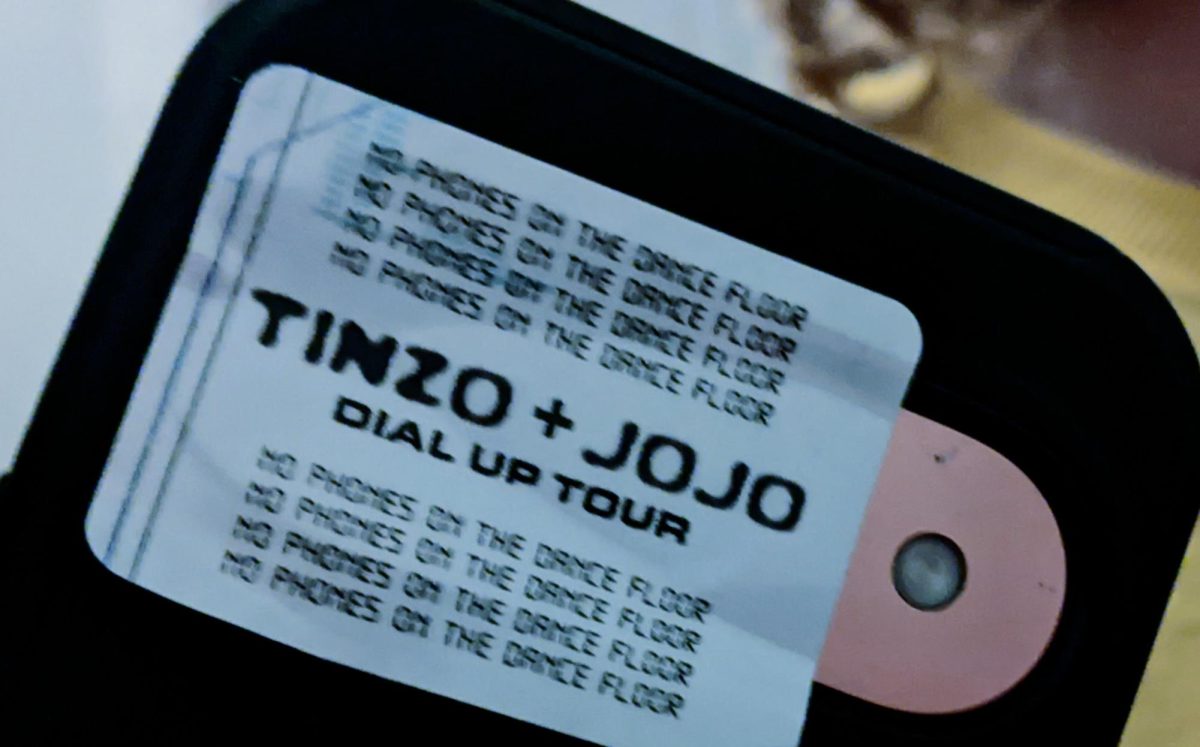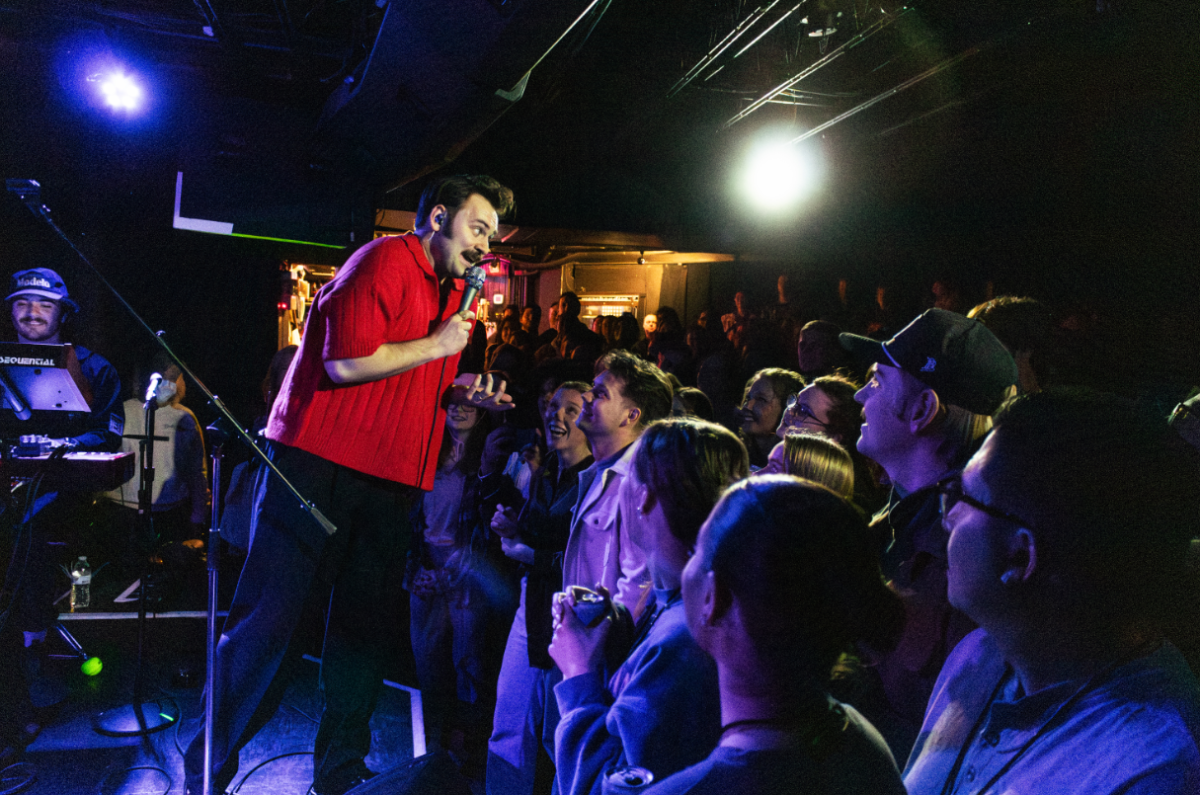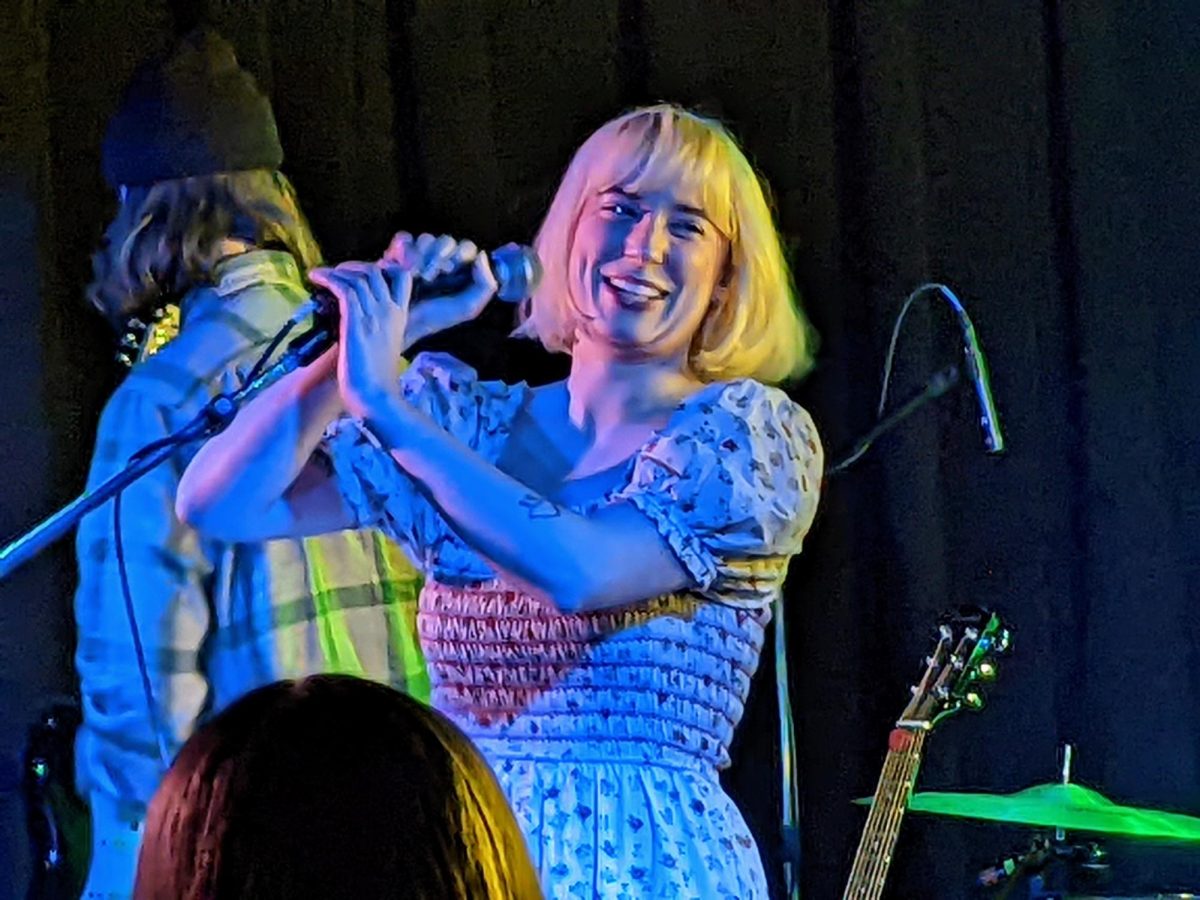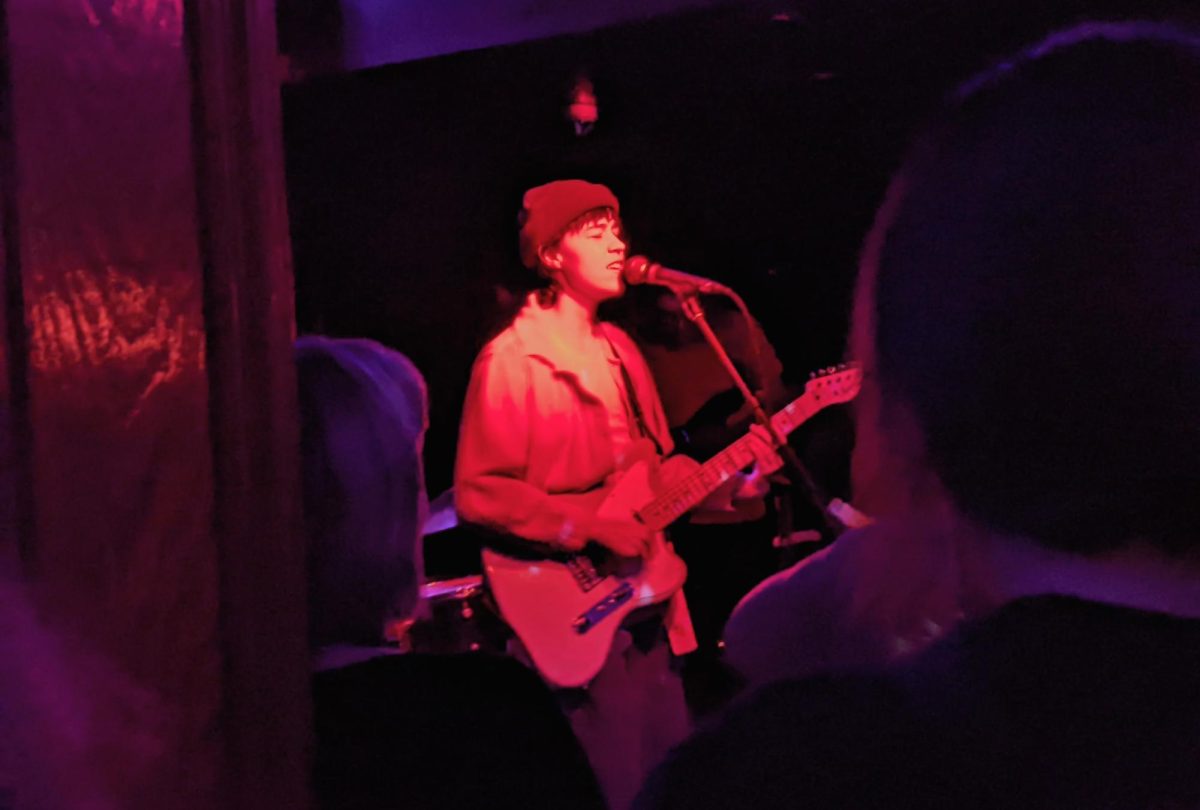A24 does it again with “Lamb,” an Icelandic horror folk film that focuses on a couple living on an isolated farm where impending doom lurks around each corner, or in their case, mountain.
The filmmakers of “Lamb” made a film about motherhood, love and grief. Director Valdimar Jóhannsson wanted to explore the importance of whether motherhood could transcend nature and nurture on the basis that mythology coexists with the real world.
“Lamb” follows a couple who live on an isolated farm in the mountains of Iceland following the death of their daughter, Ada. They come across one of the lambs on their farm giving birth to a mythical creature, but the shocking revelation isn’t verbally addressed. Instead, Maria and Ingvar both look at each other with confused, yet hopeful expressions, believing that they’re getting another chance at parenthood.
Grieving parents Maria and Ingvar steal and adopt their farm lamb’s anthropomorphic baby to fill the void left by their dead daughter. Ironically, they name the anthropomorphic baby Ada, too. The lamb is uncanny – her design involves a lamb head, human torso, human legs, one human arm and one arm with a hoof for a hand.
The crux of this film’s plot involves the lives of Maria and Ingvar after Ada’s death as they raise the lamb as their own child. Their lives are changed because they nonchalantly care for a mythological being, which comes with ramifications.
As any mother would, Ada’s mother consistently – and rightfully – shrieked outside of the couple’s window because she wanted her baby back. She was in agonizing emotional pain. As a result, Maria shot Ada’s mom in the head, killing her.
The murder represents Maria’s monstrously distorted version of motherhood and her desire to be a mother again despite the cruel acts she commits. It also represents her selfishness to fulfill this desire, even at the expense of another’s life.
This poses the philosophical question of whether Maria is capable of nurturing nature despite her violence toward it. Maria’s actions contradict her motive – she can’t truly mother Ada even if she loves her as her own.
The acting in this film was visceral, realistic and gut-wrenching. There were moments where dialogue wasn’t used, but facial expressions conveyed the message instead. A powerful component to this film was Maria and Ingvar’s refusal to mention that their daughter died; instead, their facial expressions and the film’s composition said it.
The atmosphere revolves around the fact that they’re living in an isolated mountain range. If isolation-based horror has taught us anything, it’s that dread, uncertainty and the unknown lurks around each corner. This feeling of unease is reminiscent of films like Alien, Jaws, The Thing and A24’s own Midsommar and The Lighthouse.
Unbeknownst to them, baby Ada was also the child of a half-human, half-lamb creature who would stalk the family and kill their dog named Dog. In this scene, filmmakers took the stylistic approach of showing the reflection of the menacing creature in Ada’s eyes, the half-human, half-lamb who witnessed the murder.
It’s important to note there was no dialogue for the first few minutes of the film. The tone was set by the eeriness of the isolated farm and the sinister presence of an unknown monster who can be heard in the opening scene trekking through the snowstorm toward their farm. This film does a great job of creating tension without showing the monster or creating cheap jump scares.
The color blue is ubiquitous throughout the film, but its most notable appearances are in Maria and Ingvar’s room, where the absence of their deceased daughter brings permanent gloom. Within the context of this film, blue evokes melancholy and irreparable sadness.
There is a beautiful melancholic scene where the camera is positioned behind Maria, who’s sitting on the bed in their blue-themed bedroom while she faces the square-shaped window that is above the empty baby’s crib. It’s unclear if she’s staring out of the window or at the crib, but the absence of her face and the presence of the rain represents the limitless tears she shed over the empty crib.
Noomi Rapace plays Maria, a grieving mother who’s willing to raise an anthropomorphic lamb baby as her own to fill the void of the daughter she lost. Hilmir Snær Guðnason plays Ingvar, a grieving father who by all accounts seems to be a regular guy who’s willing to do anything to appease Maria’s pain. The beauty of their parenting of Ada is their nonchalant attitude toward a sentient being that shouldn’t exist because their love far exceeds the realm of logic and reason.
A24 aren’t strangers to abrupt and open-ended endings, but this film shows there’s a method to their madness. Film goers can use their imaginations for what happens after the credits roll. This film ends with Ada’s father, the half-human, half-lamb, killing Ingvar with the gun that Maria used to kill Ada’s lamb mother, which is deathly poetic.
Grade: A-








